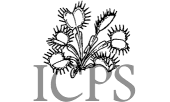|
Carnivorous Plant Newsletter
Volume 33, Number 3, September 2004, pages 83-89
NEW CULTIVARS
Dionaea muscipula 'Cupped Trap'
Drosera regia 'Big Easy'
Drosera 'Rhodesian Beauty'
Pinguicula 'Enigma'
Sarracenia 'Katerina'
Sarracenia 'Sorrow'
Sarracenia ‘Katerina’
Submitted: 7 July 2003
The cultivar originated from a retrogressive pollination of an F1 Sarracenia x mitchelliana (=S. leucophylla x S. purpurea) with S. leucophylla. I performed this cross in 1996 at the Botanic Gardens Liberec; out of many seedlings, the most purple and stiffly erect specimen was selected (Figure 1).
The pitchers of Sarracenia ‘Katerina’ are erect, around 60 cm high (24 inches, including the lid), with a mouth 5.5 cm (2 inches) wide. With the exception of the base, mature pitchers are entirely purple with red venation. The venation is particularly apparent in young pitchers. Mature pitchers have a spectacular appearance because of the translucent tissues (Figure 2).
In general form and habit, the pitcher lids are very similar to those of S. leucophylla. The sinuous (but undivided) margins of the lids are particularly ornamental. The lid’s upper surface is densely hispid with very short (0.1 mm) purple hairs, and it is therefore velvety. The lower lid surface is glossy, covered with 2.2-2.5 mm long deflexed transparent bristles. The pitcher tube is externally only scarcely pilose. The spring pitchers and summer pitchers (which last over the winter) are very similar; the primary difference being that the spring pitchers have somewhat more green on the basal part of the pitchers. The rhizome is horizontal, like in S. leucophylla. Flowers are purple, intermediate between those of S. purpurea and S. leucophylla. The peduncles are long, like in S. leucophylla.
This cultivar should be propagated vegetatively to maintain its characteristics. Fortunately it is very vital and can be easily propagated by rhizome cuttings.
The original cultivar name (Sarracenia ‘Katerina’) is in Czech language, and honors Miss Katerina Stará, who manages the permanent exhibition of carnivorous plants in the Botanic Gardens Liberec (www.botanickazahradaliberec.cz) in the Czech Republic. The English translation of the name is ‘Catherine’, so according to the article 32 of ICNCP (1980), Sarracenia ‘Catherine’ can also be used when referring to the cultivar.
--- Miloslav Studnicka • Liberec • Czech Republic
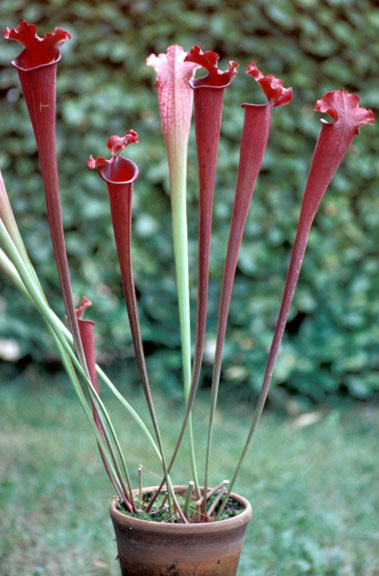
Figure 1: Sarracenia ‘Katerina’. Photograph by M. Studnicka.
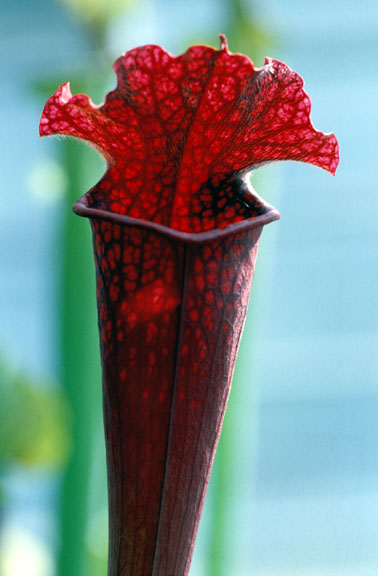
Figure 2: Sarracenia ‘Katerina’. Photograph by M. Studnicka.
Sarracenia ‘Sorrow’
Submitted: 7 July 2003
We obtained a large number of Sarracenia purpurea subsp. purpurea seeds from a commercial firm in Miami, USA. These were sown in 1979 at the Botanic Gardens Liberec, Czech Republic. Among the various resulting seedlings, I observed a partially albinotic mutant plant and selected it for further observation.
In morphology, the plant is identical to normal Sarracenia purpurea subsp. purpurea typically encountered in the wild and in collections, but there are spectacular differences in its pigmentation. The pitchers are pale green (in strong sun, rather yellowish), with a prominent cross-like purple sign on the inner surface of the lid, just over the pitcher opening (Figure 3). Flowers are creamy white, in juvenile stage faintly pinkish (Figure 4). Despite these peculiar characteristics, I do not believe the plant is a hybrid.
In order to maintain this plant’s unique characteristics, it should be propagated vegetatively. Unfortunately, typical of this species the plant is slow to propagate by divisions. Because of this, Sarracenia ‘Sorrow’ is probably of interest to enthusiastic Sarracenia collectors only.
In naming the cultivar with the epithet ‘Sorrow’, I remember my tragically lost son Miloslav (1975-1997). Perhaps the blood-red cross on the pitchers and the pure colour of flowers are my inspirations to give this plant such an unusual name.
--- Miloslav Studnicka • Liberec • Czech Republic
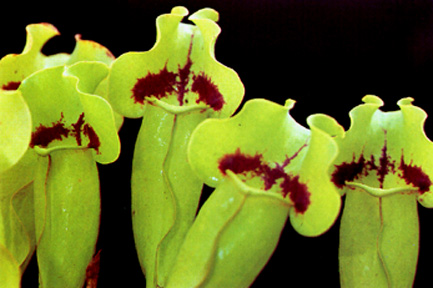
Figure 3: Sarracenia ‘Sorrow’. Photograph by M. Studnicka.
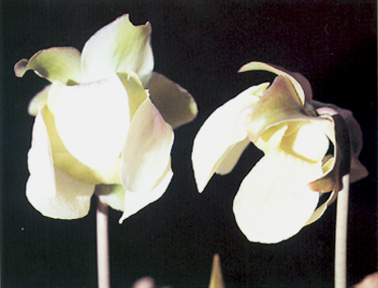
Figure 4: Sarracenia ‘Sorrow’. Photograph by M. Studnicka.
Dionaea muscipula ‘Cupped Trap’
Submitted: 29 July 2003
This clone of Dionaea muscipula was first isolated by the staff at Agri-Starts III, Inc (19825 S.R. 44, Eustis, FL 32736 USA) in 1998. It forms traps that are distinct from all other cultivars of this species, in that the traps are fused at the distal end, forming a cupped appearance when the trap is open. Because of this strange form of the traps, the plant is being named Dionaea muscipula ‘Cupped Trap.’ The trap cilia on the margins retain their coiled position until after the traps open, displaying the circinate growth form. Despite these mutations, the traps still effectively capture insects.
The leaf blades of Dionaea muscipula ‘Cupped Trap’ are also unique in their obovate shape and serrulate margins.
Dionaea muscipula ‘Cupped Trap’ is somewhat difficult to grow to large size due to its abundant rhizome division and asexual formation of plants on inflorescence. The specimen pictured (Figure 5) is approximately 9.5 cm (3.75 inches) in diameter with traps 2 cm (0.75 inches) in length.
Propagation should be by vegetative means.
--- Steven Stewart • Sanford, Florida • USA
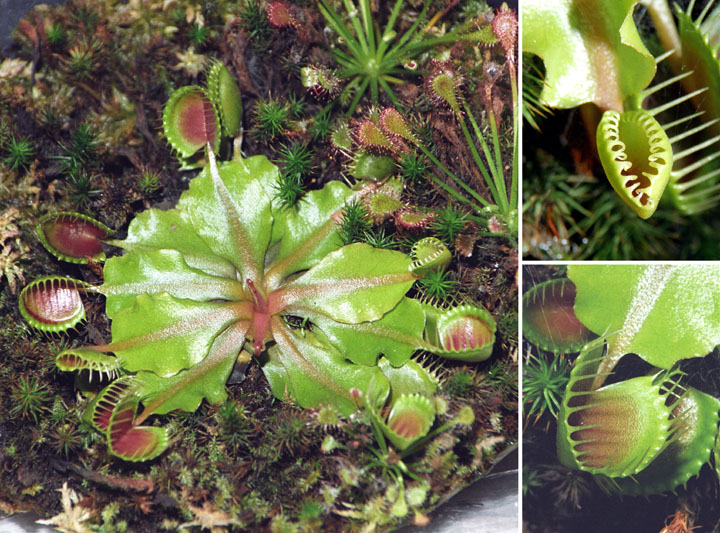
Figure 5: Dionaea muscipula ‘Cupped Trap’. Left: plant in cultivation; top right: developing trap with circinate marginal spines; bottom right: closer view of mutated trap. Photographs by Steven Stewart.
Drosera regia ‘Big Easy’
Submitted: 16 September 2003
In June of 2000 I attended the 2000 ICPS conference at the Fort Mason Center in San Francisco, California. While there I purchased a small Drosera regia plant from the vendor, “Marie’s Orchids.” The label identified it as “REG-1,” but I have never discovered the significance of this marking on the label.
Many times during the better part of three decades I have germinated seed of Drosera regia with great success. Success, that is, in germination only, because invariably within a few weeks the seedlings would die for reasons unknown. I obtained this plant with just the same expectations, any confidence in my ability to successfully grow Drosera regia had been lost long ago with the lives of those many seedlings and from the stories told by those few who had reported success with this plant. Their complicated tales of successful cultivation made it sound like Drosera regia was the Drosera from hell, at least that’s how it seemed to me then.
Soon, I was to discover that my former experiences with Drosera regia would be distant, fading memories. Under my cultural conditions this clone Drosera regia ‘Big Easy’ has been just that, big and easy to grow and propagate. It produces leaves a maximum of 23 cm (9 inches) long (Figure 6). It has never gone dormant, never flowered or even initiated a flower stalk. Several times I have managed to propagate it from leaf cuttings floating in jars of pure water (see detail in Figure 3). It readily initiates buds and plants on any and all pieces of severed root. I have propagated hundreds of plants this way and have traded them widely.
Other than its ease of cultivation, which is its most distinctive characteristic, its compact size is a distinctive characteristic of this cultivar.
--- William Joseph Clemens • Tucson, Arizona • USA
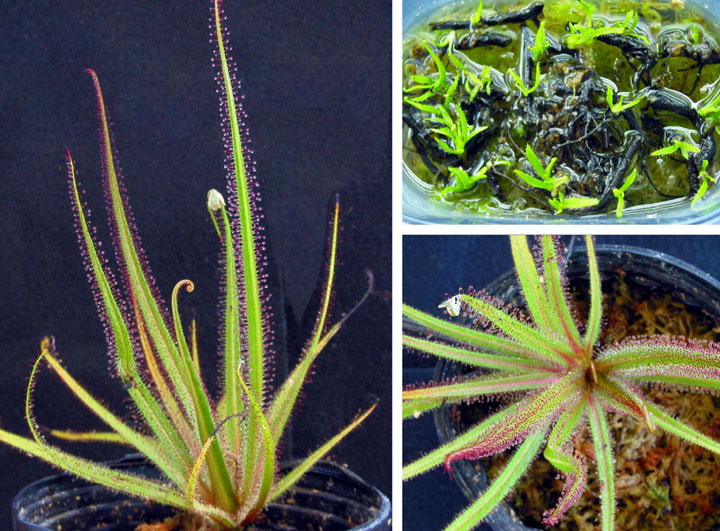
Figure 6: Drosera regia ‘Big Easy’. Photograph by William Joseph Clemens.
Pinguicula ‘Enigma’
Submitted: 29 September 2003
In the 1990s, Carl Schoenfeld of Yucca Do Nursery, Inc.1 and John G. Fairey of Peckerwood Garden collected a group of Pinguicula plants on one of their plant hunting trips to Mexico. Carl had previously met Ron Gagliardo from Atlanta Botanical Garden and was very impressed with their carnivorous plant collection. Carl chose to provide these plants to Ron for inclusion in the Atlanta Botanical Gardens collections. In August of 2002, Ron supplied me with specimens of these plants and asked for my help in distributing them to the carnivorous plant grower community and assisting in determining their identification. For further information on the Yucca Do-related Pinguicula, refer to Eric Partrat’s web site2.
With the acknowledgment of both Carl and Ron, I have chosen to give the cultivar name Pinguicula ‘Enigma’ to the plant labeled as ABG 97-1715 Yucca Do 60-45-031395B (see Figure 7). Its spoon-like leaves with upturned margins characterize the carnivorous foliage of this plant. During this phase of growth the rosette consists of up to twenty leaves, which are up to 4 cm long and 1 cm wide at their widest point. Initially the leaves tend to be held at an upright angle, but later they arc down to lay flat. The leaves remain a light green colour, even under intense light. During succulent growth, the size of the rosette decreases and the number of leaves increases to 50 or more. These leaves lack any upturned margins and are covered with sparse fine hair. They are spathulate in shape and up to 2 cm long and 0.75 cm wide. The plants bloom from early spring through summer. Flowers generally occur in pairs and it is not uncommon to have 2-3 pairs open at the same time. The colour of the flowers is lilac with very prominent violet veins and a white throat, and they often have a velvety sheen to them. As with many of the Mexican Pinguicula the colour tends to fade slowly as the flowers age. The back of the flower is pale-grey/white in colour and the veining is also prominent. Fully open flowers typically measure 2.5-3 cm in diameter. This plant is easily propagated via leaf cuttings and also has a tendency to divide readily after flowering, forming large clusters. The identity of this plant is unknown but I believe it to be a naturally occurring hybrid between two other plants in the Yucca Do-related Pinguicula; ABG 97-1714 Yucca Do 60-45-031395A which appears to be P. cyclosecta and ABG 97-1717 Yucca Do 60-45-031395C which is very similar in appearance to P. esseriana or P. jaumavensis
Web sites cited in text:
1http://www.yuccado.com
2A World of Pinguicula, http://perso.club-internet.fr/cpartrat/Pages/yucca_do_complex.htm
--- Travis H. Wyman • Stone Mountain, Georgia • USA

Figure 7: Pinguicula ‘Enigma’; summer foliage in inset. Photographs by Travis Wyman.
Drosera ‘Rhodesian Beauty’
Submitted: 18 December 2003
This beautiful plant has numerous leaves and tentacles on a short stem. It retains each leaf for a long time, giving the plant a lush appearance. The petioles of the plant widen gradually and uniformly in a narrowly spathulate fashion. In good light the plant is a uniform golden green, with deeply red-colored glands. Lower light conditions will result in plants that are a deeper green, although the glands will stay red maintained. Although only the top three layers of leaves have active dew production, the lower layers of leaves retain their red and green coloration well.
The plant was originally sent to me for consideration under an incorrect name. I sent inquiries to Drosera field experts, taxonomists and horticulturists, and their consensus opinion was that the plant was a South African native. Furthermore, they generally felt it was likely to be a hybrid, but further clarification as to the plant’s identity was uncertain. Many felt that this was identical to a form that has been widely sold by nurseries, and subsequently traded by growers, under the bogus name of Drosera “sp. Rhodesia”. Since I believe this is likely, I chose the name Drosera ‘Rhodesian Beauty’ to closely match the previous name as much as possible. Propagation is best done vegetatively. I have had the best fortune using leaf cuttings.
--- William Dawnstar • Oswego, New York • USA
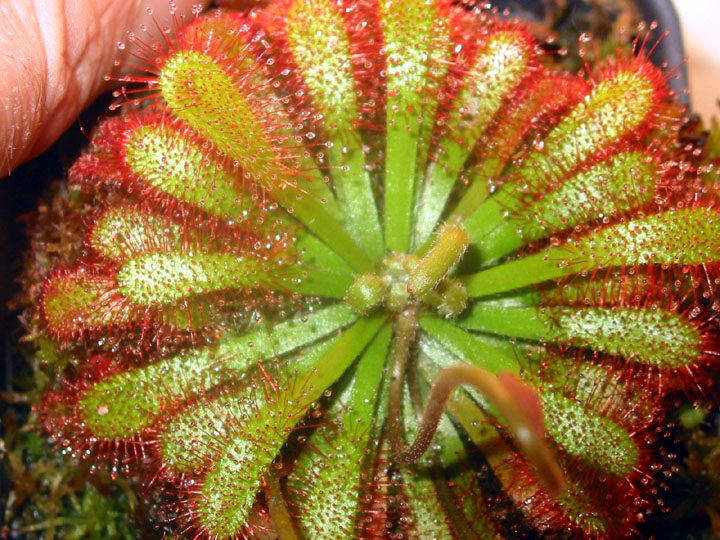
Figure 8: Drosera ‘Rhodesian Beauty’. Photograph by William Dawnstar.
|
